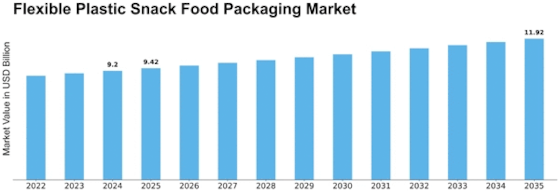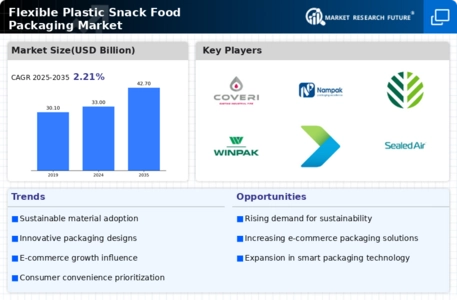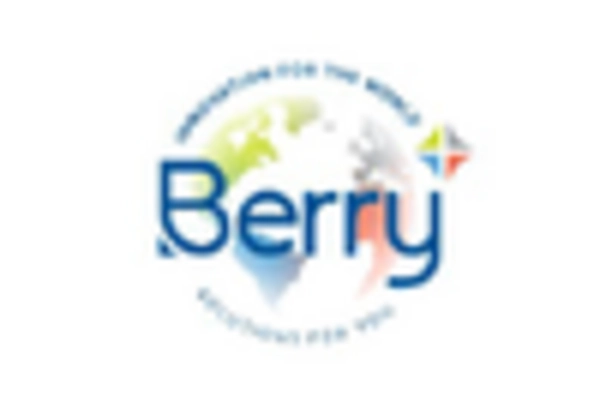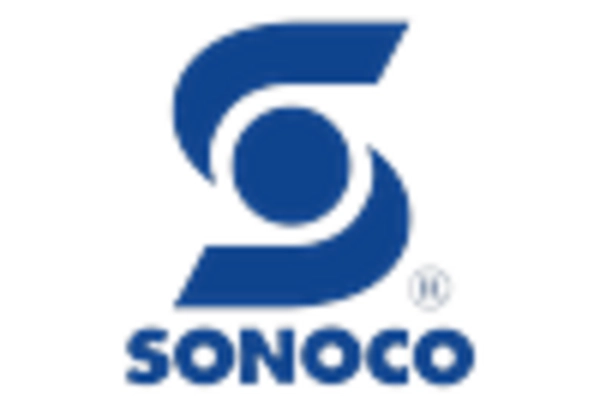Flexible Plastic Snack Food Packaging Size
Flexible Plastic Snack Food Packaging Market Growth Projections and Opportunities
Various market factors significantly shape the dynamics of the Flexible Plastic Snack Food Packaging market. Consumers' evolving tastes and lifestyle modifications are among the leading sources of motivation. MRFR analysis indicates that the Global Flexible Plastic Snack Food Packaging Market size is forecasted to reach USD 213,245.7 million by 2030, growing at a CAGR of 5.31%. Sustainability is another key driver behind this trend. Considering the increasing environmental concerns, both consumers and companies have become more concerned about eco-friendly packaging choices. This has led to brands introducing recyclable materials in their flexible plastic snack food packages and promoting sustainability in their production practices. Organizations that use environment-friendly packaging techniques gain a competitive edge over others as customers are increasingly mindful of their choices and opt for products that have minimal impact on the environment. Besides, there are technological advances that have shaped the flexible plastic snack food packaging marketplace over time. Packaging solutions with properties like extended shelf-life, food safety, and improved product freshness have come through due to innovations in manufacturing processes and material sciences. Furthermore, smart packaging options such as freshness indicators through QR codes also enhance overall package performance, hence meeting the ever-growing customer expectations as well as regulatory requirements towards food traceability. Economic aspects are equally important for shaping industry development trends. It is not surprising, therefore, that manufacturers prefer using flexible plastic packing because it is cost-effective, enabling efficient production and transportation while reducing operating costs. Also, these materials can be flexibly applied in many different shapes for snacks ranging from individual packages to bulk levels, correspondingly to address consumer preferences. Market competition and the presence of numerous players greatly influence the Flexible Plastic Snack Food Packaging market share within this space. Differentiation and unique selling propositions pressure firms to innovate continuously concerning design functionality, sustainability, etc. Similarly, globalization influences the market dynamics here as well. Packing styles exchange around markets, increasing international trade volumes and ease of product movement. That trend has led to the standardization of some package features, though some customizations are available per regional preferences and regulations. Regulatory factors also play a crucial role in shaping the Flexible Plastic Snack Food Packaging market. This is seen in rigid rules guiding food safety, packaging labeling, and environmental impact, which dictate what design or material to use.


















Leave a Comment